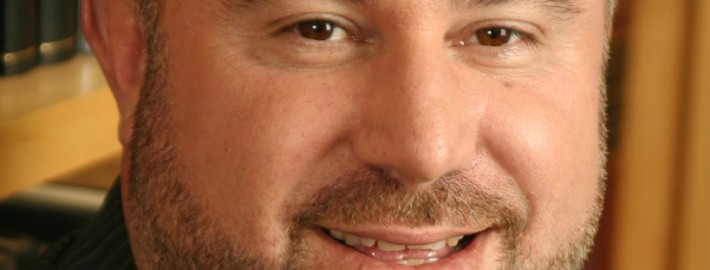Toxins: What’s New, Are There Differences Among Toxins, and What We Have Learned
Michael H. Gold, MD
Dr. Gold spends a lot of his time in Asia and, in this presentation, he shares some of the knowledge that he has acquired overseas with regards to toxins. The neuromodulator market is huge and the global medical aesthetic market is expected to post growth of 10.8 percent per year from 2010 to 2015.
Medical Insight, Inc. “Global Aesthetic Market IX Research Report April 2011”, “Facial Injectables Report July 2011” ,“EU Facial Injectables Report July 2011
As mentioned in Dr Cohen’s presentation, it is extremely important to remember that the goal, when using neuromodulators, is a natural and relaxed look for your patients.
Data on Neuromodulators
When looking at the Xeomin clinical trials, dermatologists should remember that responders at maximum frown at day 30 had to have an improvement of two points on a four-point Frown Wrinkle Scale (FWS) compared to baseline by both the investigator as well as the patient. Neither Botox nor Dysport required assessments by both parties. So while the data on the 2-point responders did not look quite as compelling, the numbers for the 1-point responders appeared good.
Mentor, which was purchased by Johnson & Johnson, has completed their clinical trials on a new botulinum toxin, PurTox. Many are hopeful that J&J will submit this data to the FDA in which case we will see this product at some point in the future. Of note, both Xeomin and PurTox are pure toxins. Whether that actually makes a big deal clinically, Dr Gold does not think so; however, it is a wonderful marketing point.
Medy-Tox , which was purchased by Allergan in 2013, is the company that developed a product called Neuronox. It is currently approved in South America and Korea for blepharospasm and tortilcollis. Dr Gold and others feel that Neuronox will not come to the United States market anytime soon. A double-blind, multi-center trial of 173 patients compared Neuronox to Botox in patients with hemifacial spasm. The efficacy evaluation was similar between both groups. A recent clinical study demonstrated the proven efficacy and safety of Neuronox on glabellar frown lines.
Another Korean company, Hugel, makes Botulax. Dr Gold mentions that this company is at many of the meetings to which he goes and they claim to have the Korean version of an FDA approval.
ChinaTox is a product made by Lanzhou Biological Products Institute. It is important to know that many of the other toxins are actually fake ones. An open label study between Botox and ChinaTox looked at 785 patients with focal spasm and dystonia. They found that ChinaTox was less powerful than Botox; therefore, higher doses were required. There were also five cases of skin rashes seen in the ChinaTox group. ChinaTox is; however, cheaper than Botox. Of note, the strain of clostridium botulinum type A was donated from the University of Wisconsin to Dr Yinchun Wang. ChinaTox was approved in China in 1989 and by 2002 the drug has been exported to several foreign countries and is currently in Brazil for both clinical and cosmetic use. ChinaTox has several different names in other countries. This is important to keep in mind as you’re reading various pieces of literature.
- Prosigne-Brasil
- Redux-Peru
- Lantox-Russia
- Lanzox-Indonesia
ChinaTox demonstrates similar efficacy as far as other neuromodulators. In Asia, calf hypertrophy is an issue. ChinaTox has shown positive benefits when injected into the calf muscle.
In Russia, there is a toxin, Relatox, with the “Russian FDA-approval.” It was produced at the Federal State Unitary Enterprise Research-Division of Microgen of Russian Ministry of Health. It is available in two dosages, 50µ and 100µ. Relatox is indicated for blepharospasm, cervical dystonia, and facial wrinkle correction and is recommended only for adults. A published article claims that Relatox is comparable to other toxins.
A topical toxin has been developed by Revance using a proprietary platform that enables transcutaneous flux. The first commercial applications will be topical BoNTA in lateral canthal lines and hyperhidrosis. The product is well tolerated and demonstrates up to 89 percent response rate. The median duration of effect is 113 days.
In the US, Myoscience is developing a hand-held medical device for the treatment of facial wrinkles. Essentially, the device uses cold-induced modulation of facial nerves. This has demonstrated promising results in difficult patients and is a new option for toxin-averse patients.
Clinical Pearls
Physicians should only use branded products that are FDA-approved in the US or CE marked in Europe, or products that have received regulatory approvals in your country. There have been instances in the US where non-approved Botox was used and patients ended up paralyzed in the hospital. Physicians are also subject to major sanctions, fines, loss of license, etc. There are many fake products out there….this important to keep in mind as there are serious issues involved with the use of unlicensed botulinum toxins.



